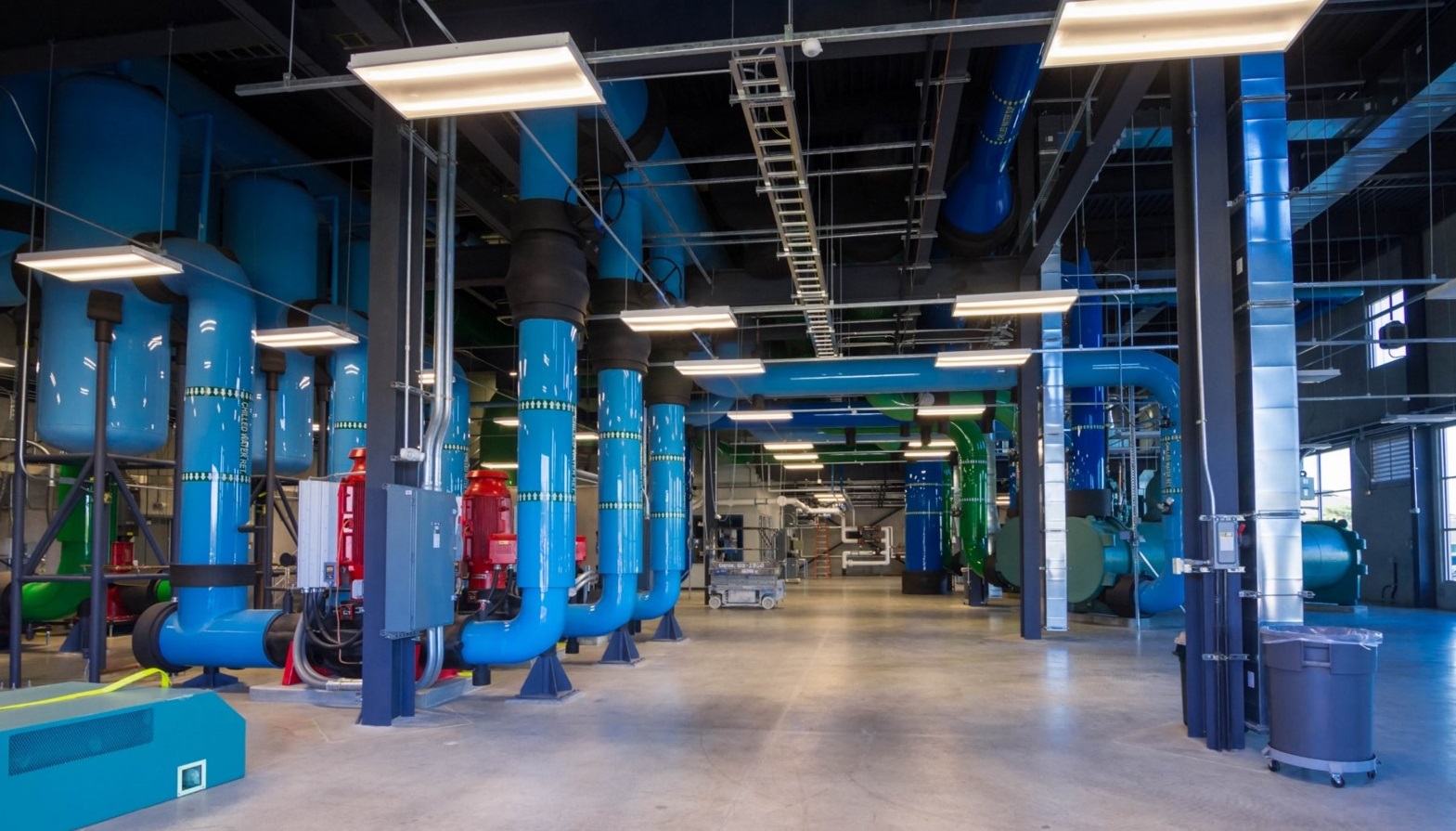By Tim Brunner, Associate Director Power Plant & Utilities
Greetings from the K-State Power Plant! We’ve had a year full of positive change, and I want to share some of our accomplishments and successes.
I need to start by thanking my crew for their dedication and hard work. Their team-centered mindset enabled us to achieve several goals, and set a path of continuous improvement for our Campus utility infrastructure and systems. Chris, Roger, Mike, Larry, Velder, George, Cliff, Justin, Joe, Garrett, Christian, Steve, and Tanner:
“Thank-you for all you do to make us successful!”
There are several steps in the process of creating and distributing steam to Campus. Ideally, once steam has been used in a space on Campus, it returns to a liquid state and is pumped back the plant, where it is re-heated and converted back into steam. Any breakdown in this process can be expensive. To help increase system reliability and efficiency, we initiated a Preventive Maintenance Program, where we maintain condensate pumps, test steam traps, identify leaks, check expansion joints, and monitor pressure-reducing stations each quarter within the underground distribution tunnels (see picture below). By fixing leaks and tuning the system, the plant is experiencing a reduced load, and an increase in liquid condensate returning to the plant, saving the University $50,000 to $75,000 each year.

Another cost savings came in the form of reduced chemical treatment use in our Steam and Chilled Water Plants for 2017. After researching ASME guidelines, meeting with chemical representatives, and pursuing extensive training we are now able to maintain chemical levels within more defined parameters. These efforts are reducing the volume of chemicals needed which saves Campus more than $37,000 per year. Bulk containment units were integrated at the Steam Plant to eliminate chemical storage, creating a safer, more efficient, hands-free-operation for plant staff. Smart-release chemical skids are planned for Unger and the Rec Center to continue these trends.
We have also eliminated many deferred maintenance issues in the steam plant by thinking outside-the-box. For example, instead of replacing the two leaking condensate return storage tanks at a cost of $350,000, we researched tank-lining options and found a solution that would cost less than $30,000 per tank. The first tank has been lined and the second is almost completed. We expect to receive another 10-12 years usability as a result of this solution.

We assumed operational responsibility of the new Chiller Plant (as seen in the photo above) in May 2016. It’s been a year of fine-tuning plant performance based on Campus load, equipment efficiency, balancing two plants in harmony, and optimizing run times to minimize utility expenditures. The new plant houses two high efficiency 2925 ton York chillers, and is designed to accommodate two additional chillers in the future as the Campus expands.
This year, a top priority is to balance the operation of our plants in a way that minimizes electrical demand, a strategy that we expect will save approximately $200,000 in utility costs compared to last year.
The old chilled water plant received some needed attention for optimal system operation, including the replacement of cooling tower fans, motors, gearboxes and communication lines. These changes were necessary after dealing with failures of existing equipment. With a good preventive maintenance program now in place, this equipment should function well for the next 20 years.
We’ve implemented new logging software in the plants, an upgrade from the paper-to-spreadsheet method. This software will allow us to trend plant efficiency, immediately see problems in boiler/chiller operations, and aid in calculating a ‘starting point’ to trouble-shoot any issues we have in the tunnels. Our goal is to phase out paper logs completely by January 2018.
 In the upcoming year, we will concentrate on Plant Thermal Efficiency. We plan to insulate our boiler drums as well as address further insulation needs in the underground tunnels. Even though our Preventative Maintenance program is in its early stages, we are already enjoying the benefits of detecting and derailing potential issues before they become major problems. As we continue to ‘get ahead of the game’, we will start seeing even greater strides in efficiency and savings in our operating costs.
In the upcoming year, we will concentrate on Plant Thermal Efficiency. We plan to insulate our boiler drums as well as address further insulation needs in the underground tunnels. Even though our Preventative Maintenance program is in its early stages, we are already enjoying the benefits of detecting and derailing potential issues before they become major problems. As we continue to ‘get ahead of the game’, we will start seeing even greater strides in efficiency and savings in our operating costs.